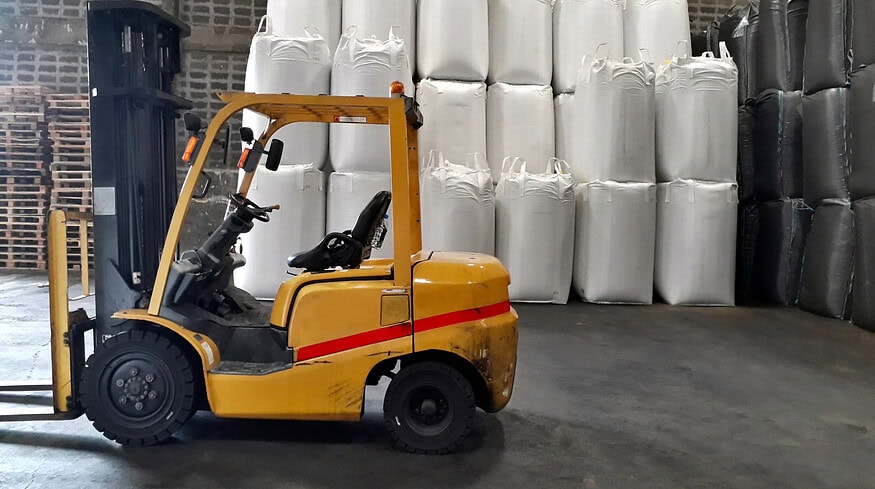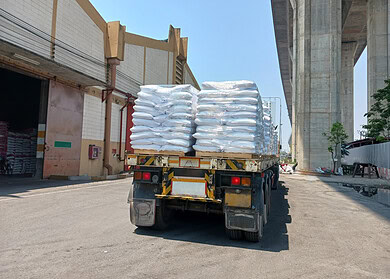Pakistan may launch international tender for 200,000 metric tonnes of urea

The Economic Coordination Committee (ECC) of the Cabinet, Govt of Pakistan, has approved the immediate import of 200,000 metric tonnes of urea to meet the Rabi season 2023-24 requirements. The decision was taken on October 23 by the Caretaker Federal Minister for Finance, Revenue, and Economic Affairs, Dr Shamshad Akhtar, on the Ministry of Industries and Production recommendation.
According to market sources, the Trading Corporation of Pakistan (TCP) will probably go for two types of imports. One through international tender for 100,000 metric tonnes and for the balance 100,000 metric tonnes on Government to Government basis.
Recalled here, the National Fertilizer Development Centre (NFDC), Govt of Pakistan, has stated that the Rabi 2023-24 season is expected to begin with an opening balance of 77,000 metric tonnes of urea and the total availability of urea is estimated at 3.027 million metric tonnes, with domestic production of 2.950 million metric tonnes.
The urea demand during Rabi 2023-24 is projected to be around 3.335 million metric tonnes, showing a deficit of 509,000 metric tonnes (including 200,000 metric tonnes of buffer stocks) during the season. This shortage can be overcome by supplying system gas to two urea plants from 15th October 2023 to the end of the Rabi season, along with the timely import of 200,000 metric tonnes to ensure smooth supplies during peak demand in Dec’23 and Jan’24. Otherwise, 500,000 metric tonnes of urea will have to be imported.
Notably, the State Bank of Pakistan (SBP) released its FY 2022-23 annual report on October 23. It revealed that Pakistan had consumed 3.520 million metric tonnes of urea in the last Rabi season. It includes importing 298,000 metric tonnes of urea, local production of 2.928 million metric tonnes, and opening stock of 294,000 metric tonnes.
Enjoyed this story?
Every Monday, our subscribers get their hands on a digest of the most trending agriculture news. You can join them too!















Discussion0 comments